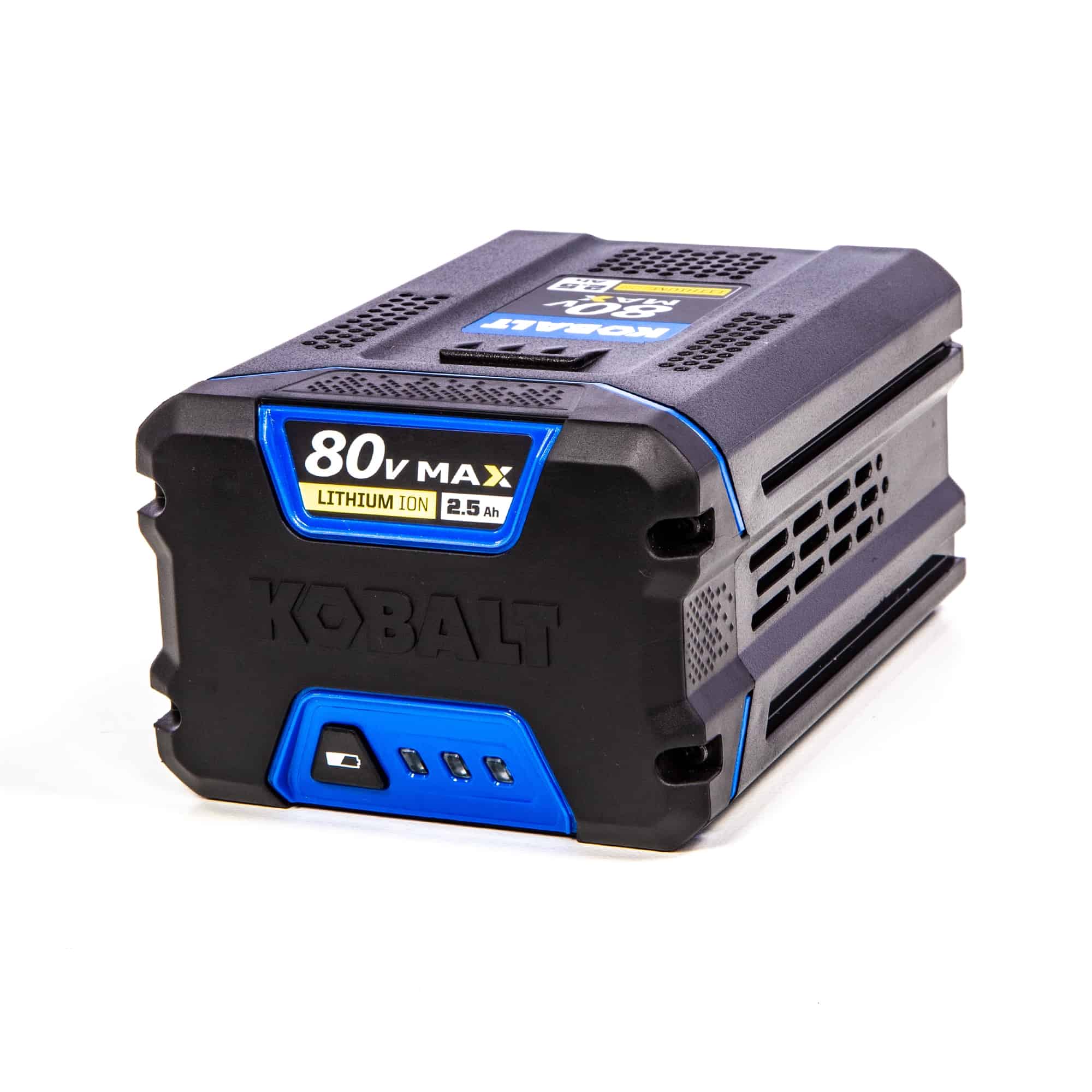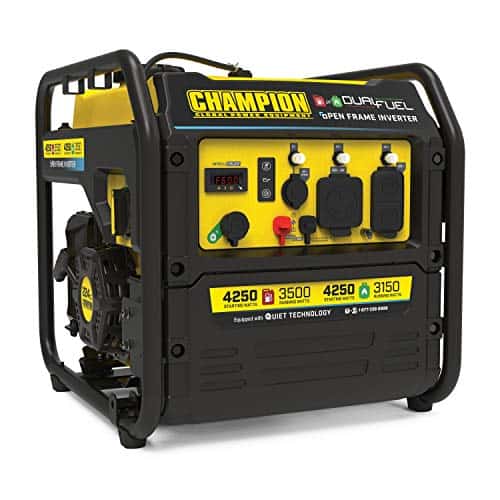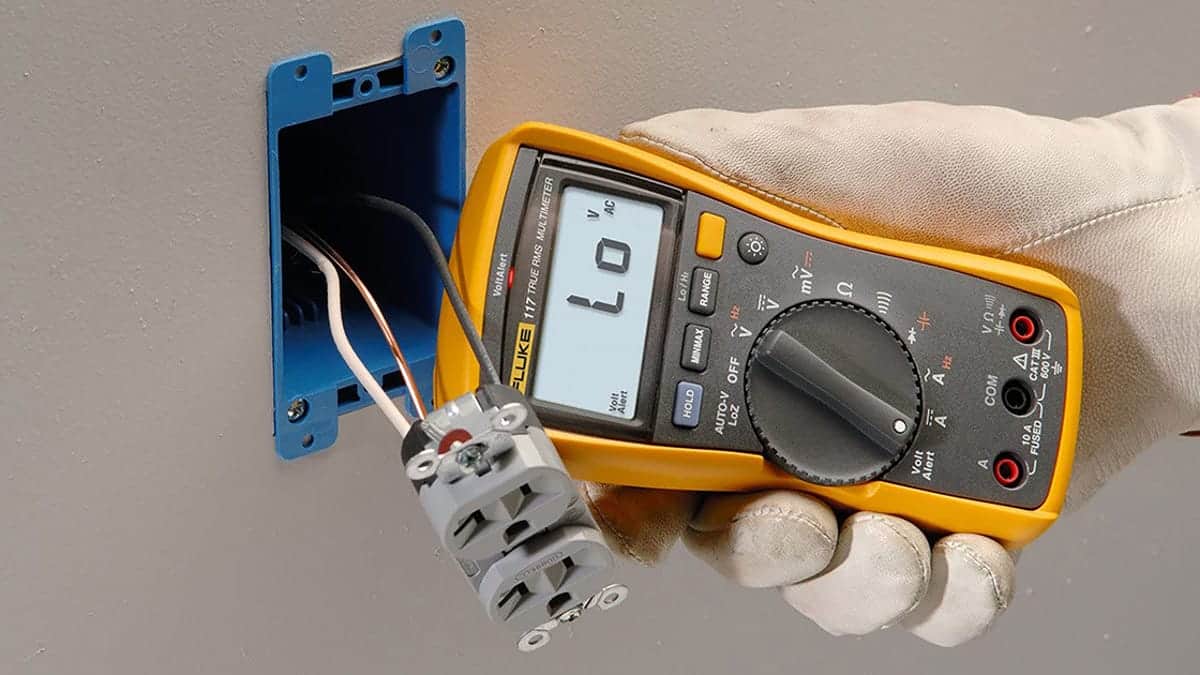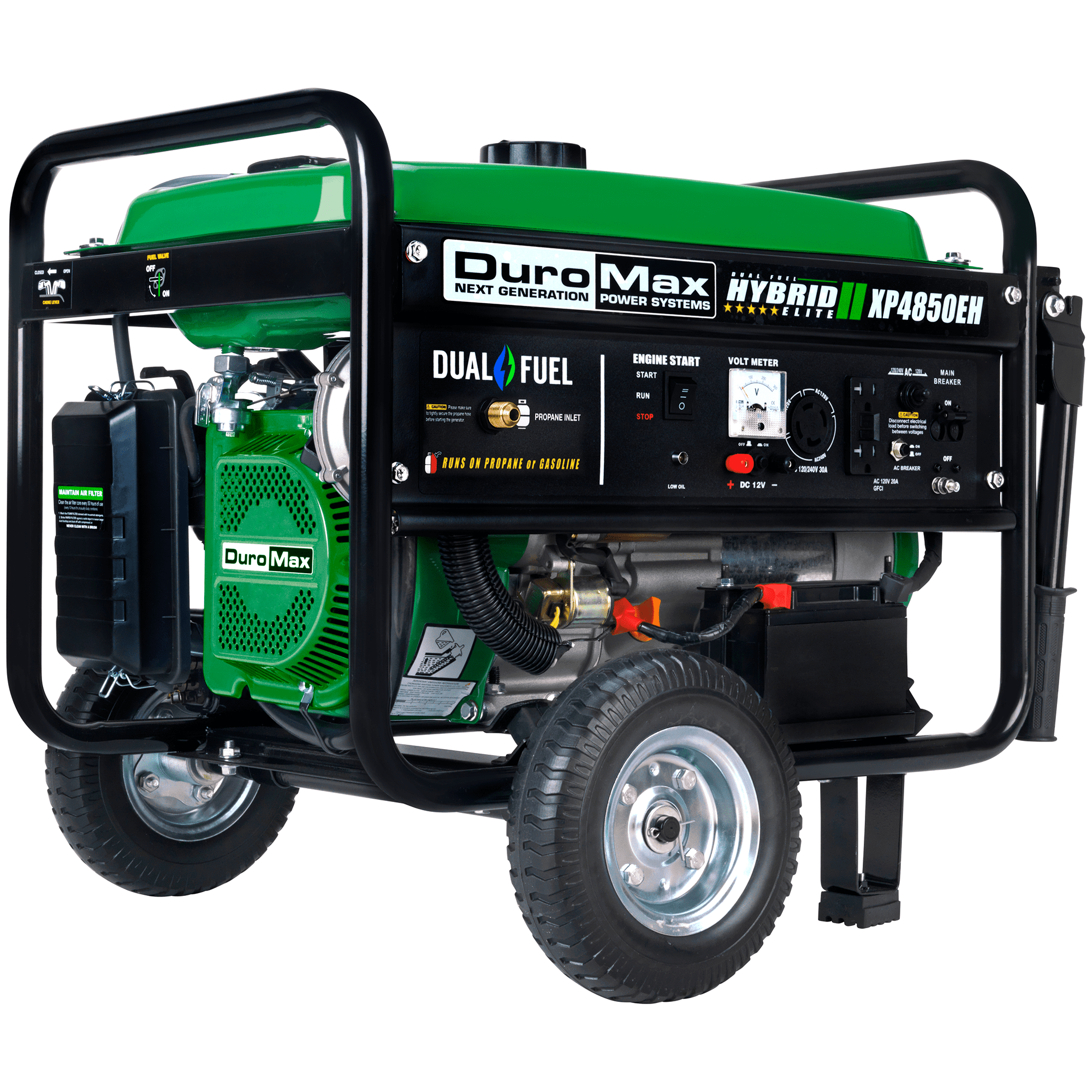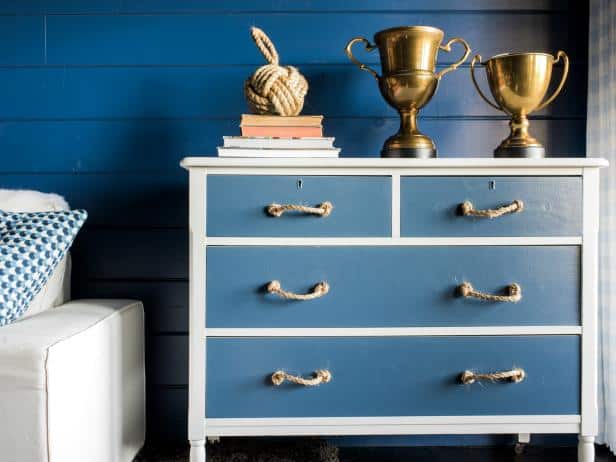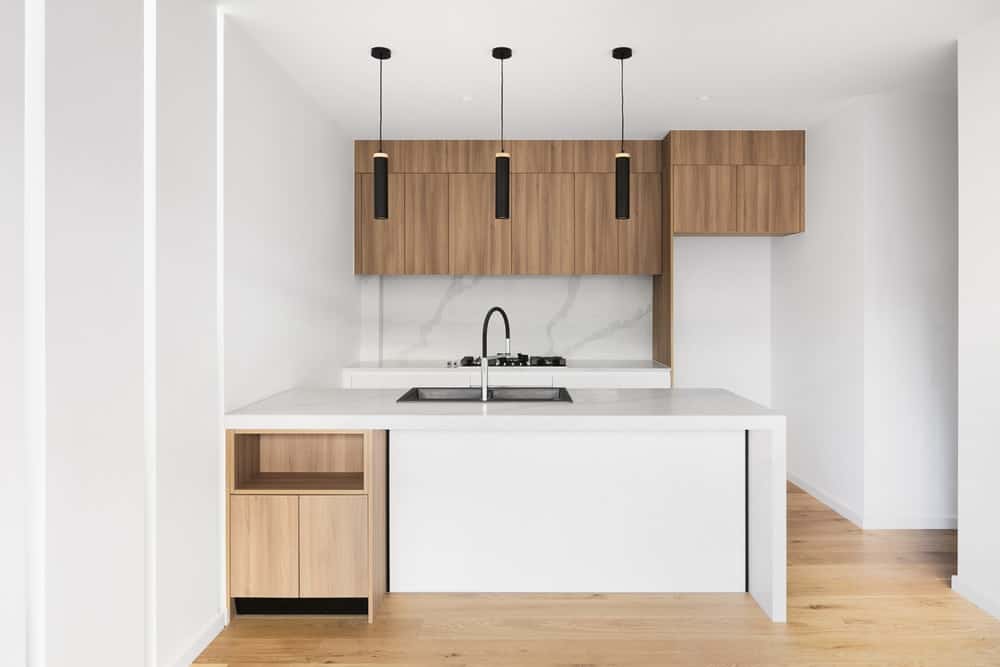The last thing you want to do when opening a paint can is to make a mess in the process. Nothing can be as annoying as cleaning up spilled paint. Furthermore, you do not want the paint you just bought to go to waste because you had no idea how to open a paint can. Luckily, we are here to show you exactly how to open a paint can without making a mess.
Here are some methods you can use to open paint cans.
How to Open a Paint Can
a) Flat Head Screwdriver
If you do not have a painter's tool, you might end up having to improvise a paint can opener. The flat head screwdriver is one of your best options because it will get your paint projects going. Luckily, most DIYers have flathead screwdrivers. However, you have to be careful when using a screwdriver to avoid getting paint on it, especially when dealing with a can of fresh paint.
Place the flat edge of the screwdriver between the lid and the rim of the can to get the lid open. Gently push the screwdriver, then gently lift once it is in to remove the entire lid. You need to ensure that the can is on a flat surface because you deal with wet paint that can spill if the can is toppled over.
While opening the can, you need to hold down the can just enough to give the screwdriver enough resistance to open the lid. If you open the lid for the first time, the task should not be hard to handle. However, if you open the lid of an old can or a recently used one, the flathead screwdriver will have to do more.
A trick you need to know of is using the screwdriver to remove the lid from the can all around the rim. Removing the lid will be easier than removing only one side when you do this. Once you remove the lid, ensure you place it upside-down to avoid smearing the paint on unwanted surfaces and keep the paint where it needs to be.
b) Paint-Can Opener
A paint can opener should be a more obvious tool to get. However, it was not first on our list because a screwdriver is more likely to be in your house than a paint-can opener. Unless you are a full-time painter, there is hardly any reason why you would own a paint can opener. It would be nice if you had one, though. Now that you will be visiting a paint store to get the paint, you can spend extra cash for the paint can opener.
With a paint can opener, you will not find it difficult to maneuver the paint can lid. The hardware store owner will show you how to open a paint can go without a hassle. On the other hand, the design of the paint can opener is pretty straightforward to understand. The paint can opener has a curved tip to avoid creating a big mess when opening the lid. The opener's design ensures that the lid is easily lifted without any hardships.
All you need to do with the tool is to open one side of the lid and continue prying all around the lid to ensure the lid comes off easily once you are ready to paint. Once you purchase the tool, it will serve you in other projects, and you can count that as an investment. At least you are sure the tool will not bend when dealing with difficult or stuck lids. The tool is made to withstand a certain level of pressure that other tools might not withstand.
c) Needle Nosed Pliers
Needle-nosed pliers will need a little bit of a technique when opening the can. The lid will not just pop off when you use the pliers, and you will have to make some careful considerations when using the pliers. Whenever we open a paint can, we try our best not to bend the edges to ensure the can keeps any remaining paint after finishing the wall or any other project.
However, if the needle-nosed pliers are all you have, you have a working tool. If you want to open the lid, you need to pinch the lid with the pliers. Ensure the pliers have a powerful grip on the lid. Once the lid is firmly held, lever downwards to bring the lid up. Do not use a huge angle that will remove the whole lid and potentially create a mess. Instead, use a shallow angle, but do the same all around the lid to gradually bring it up carefully and organized. Once you have opened the lid all around, you can lift it away and place it top down on a flat surface.
This method works well for a lid stuck on old paint used in previous projects. However, sometimes paint sticks on the rims of paint cans if not well taken care of after a project.
d) Putty Knife
If you are about to commence a painting project but are unsure how to open the lid, you can turn to the putty knife for help. The knife has seen most lids come off successfully. However, you have to be careful when using a putty knife when opening paint cans. Pick a putty knife that is not too flexible to pry the lid easily. It will not get you too far if you have a flexible knife. Once you get a knife that is a bit sturdy, you are good to go.
You can use the knife in the same way you use the screwdriver. However, you need to use the corner of the putty knife instead of the front surface. This is because the corner is more sturdy than the front surface. Use the corner of the knife to pry the lid all around, and soon you will be able to access the paint inside the can. Opening an air-tight seal should no longer be a problem if you can access a putty knife.
How to Close the Paint Can Lid
Once you are done painting the wall or project, you need to close back the lid in case some paint is left for future use. Paint cans can contain leftover paint for a long time, and you can use the paint in the future. However, you need to ensure the can is air-tight when you re-seal it once you are done. To seal properly, you can use the following tips to prevent future stress when opening the paint can.
i) Clean the Excess Paint
The excess paint on the rim lid will cause trouble in the future when you try to open the paint can because the lid will be stuck. Opening a paint can with dried paint on the rims gives you an unnecessarily hard time. Before closing the can, you can use a paper towel to wipe off the surface of the rim. Ensure the surface is free of any excess paint.
One easy trick to use to drain off the excess paint is to create nail holes on the surface of the rim all around the can. These holes ensure the paint drains off as soon as it is on the rim. When most of the paint drains back by itself, you will have an easier time cleaning the surface of the rim. Another tip is to always tap the paintbrush on the edge of the can to avoid drips of paint on the surface of the rim or the floor of the room.
ii) Seal the Paint Can
When sealing the paint can, you need a rubber mallet to get the job done. A rubber mallet is soft on the surface and will not bend the lid. Ensure you are not hitting the lid too hard on the surface, and be gentle on the can. You do not want to bend the lip of the can as it will give you trouble when opening the can in the future. Gently hit the lid and repeat the action around it to give it a consistent seal. The lid will stick back into the can.
Finally, if you do not have a rubber mallet, you can use a hammer to seal the paint can. Look for an old rag and place it on top of the lid. Using a hammer, tap on the lid to gently close it without causing any damage to the lid. The rag creates a soft surface that is gentle to the paint can. In some cases, you can press the lid first before reinforcing it with a hammer.
Final Take
If you have to open a paint can, you can not run out of ways to do it. As a DIYer, the goal is to solve the challenges at hand and keep your projects in motion. All you need to keep in mind is that how you open a paint can affect how you will re-seal it and eventually whether the paint will be fresh in the long run. Opening the lid carefully ensures that you do not create a mess while at it. It is better to get the first step right than to clean the paint off the floor, which is not so much fun.



